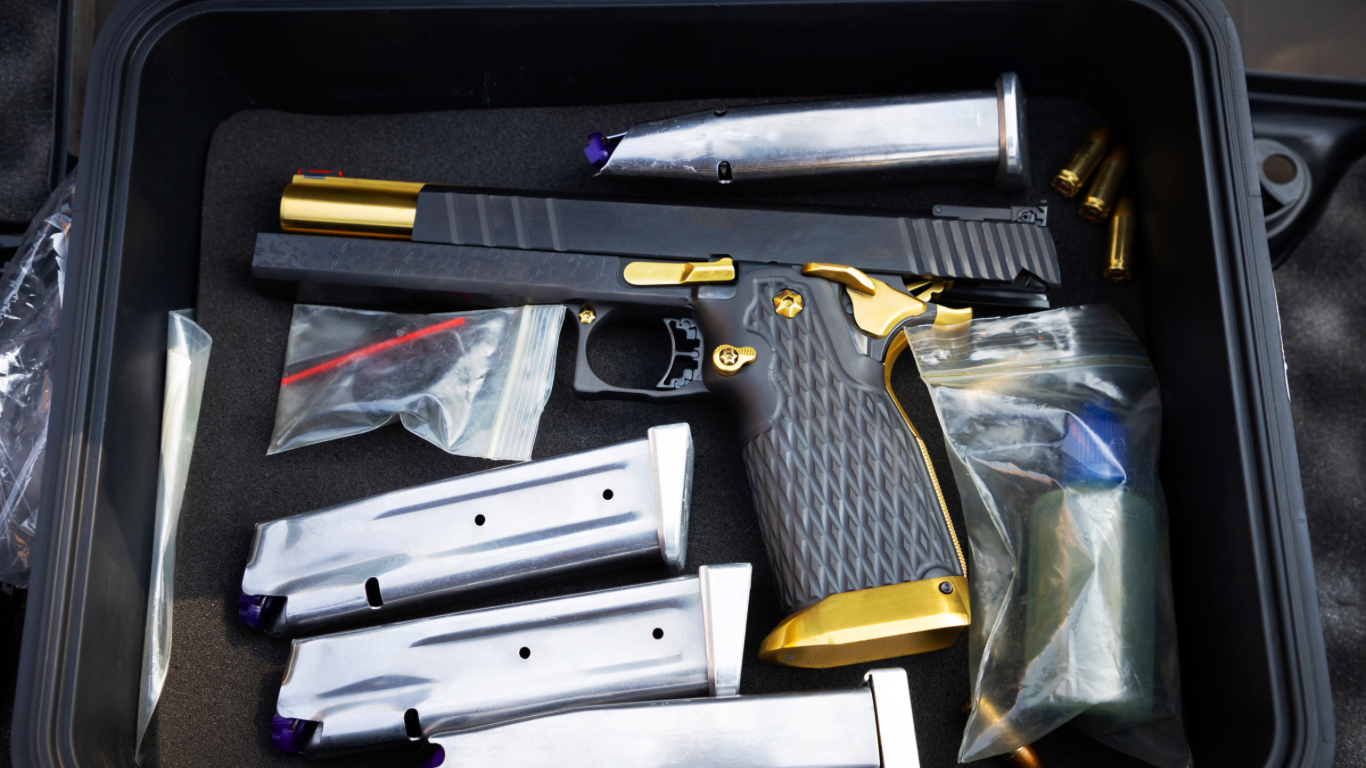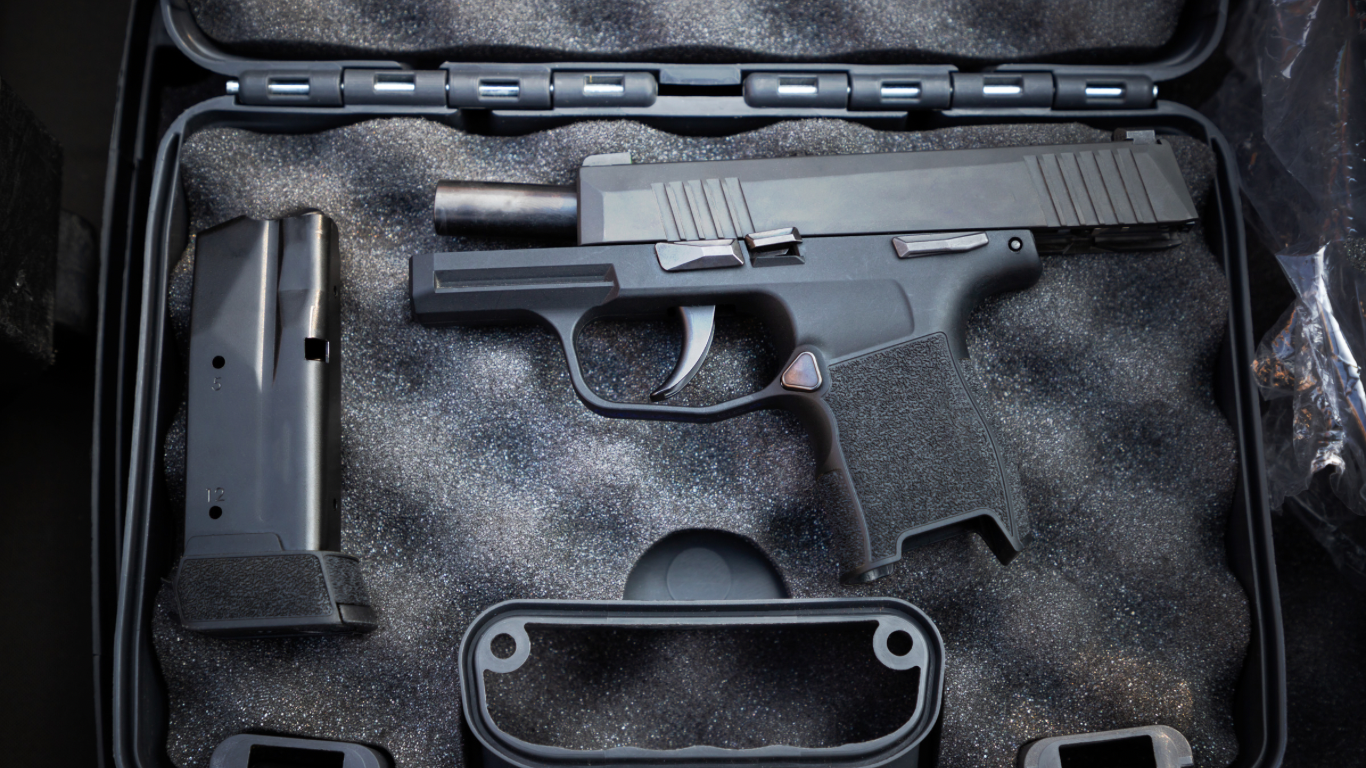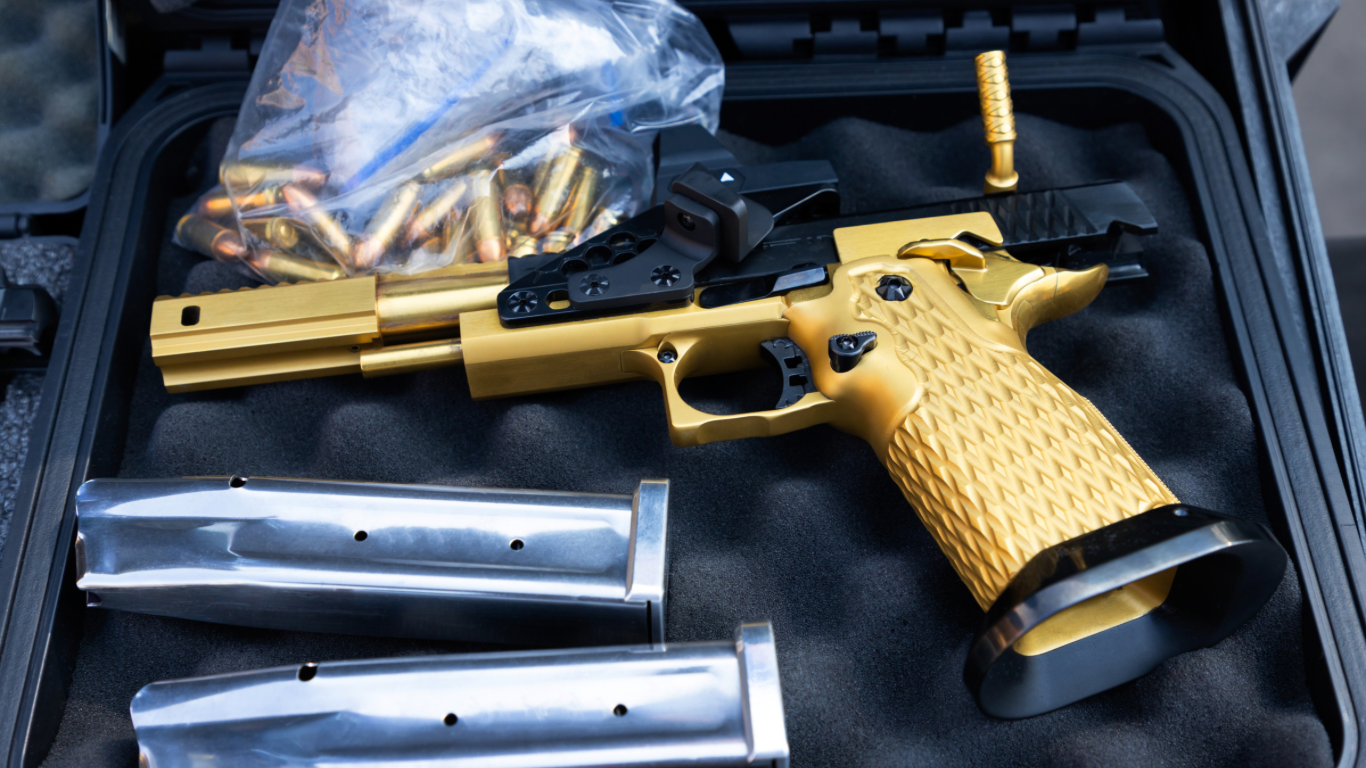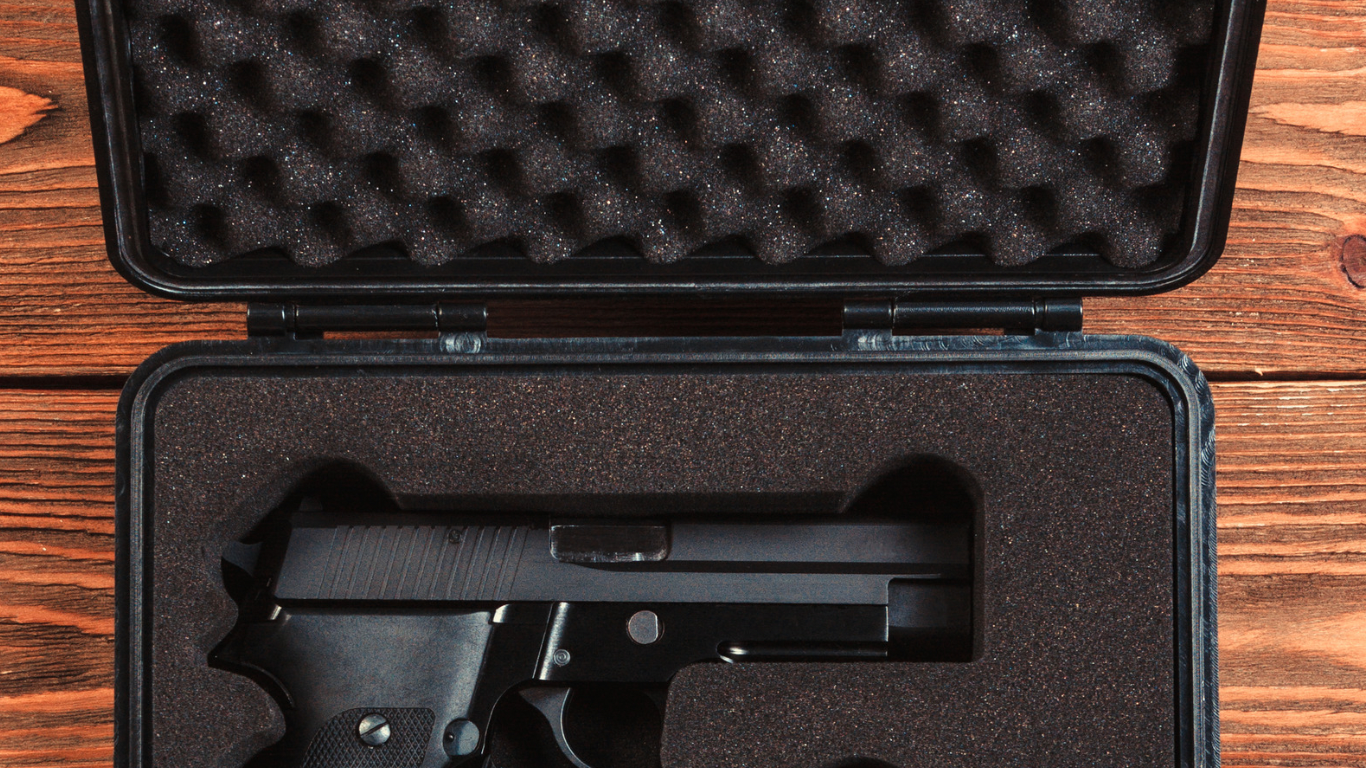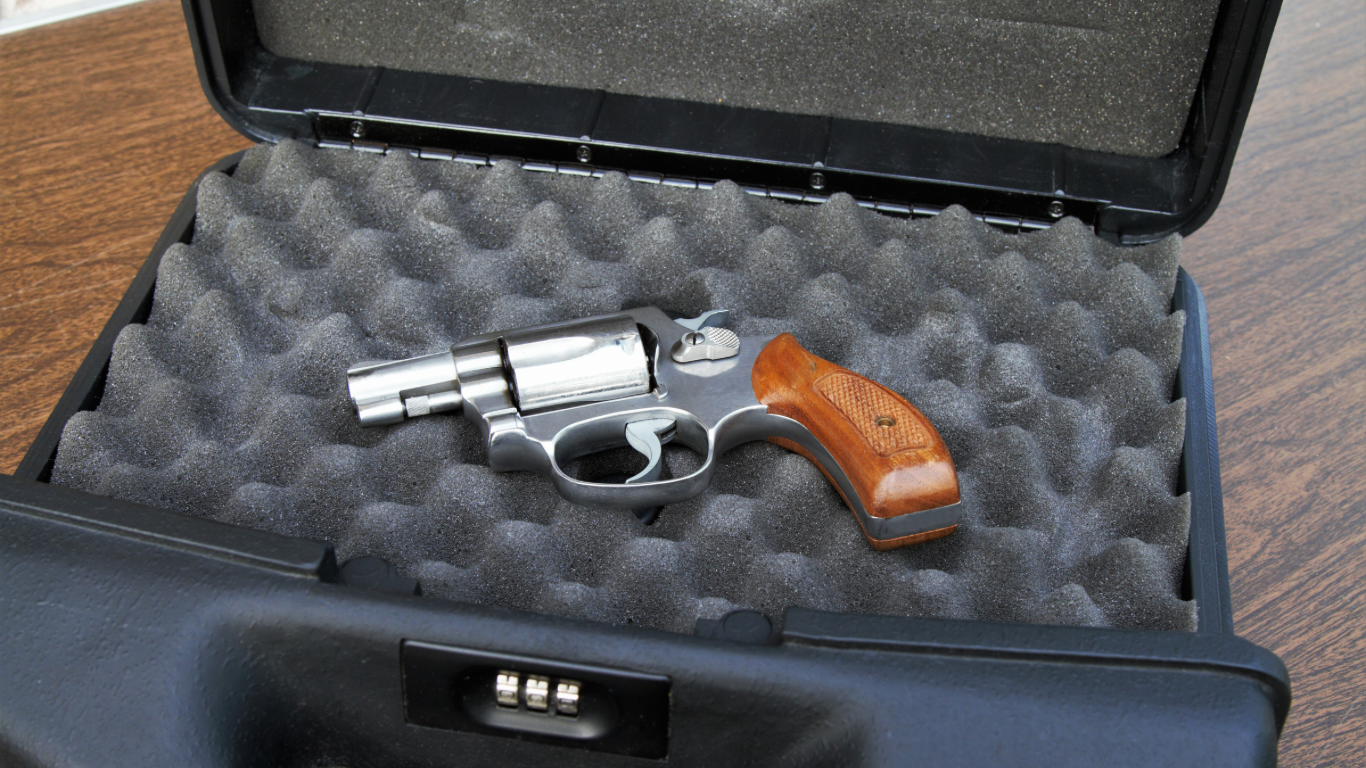The transportation of guns and ammunition is a sensitive issue that requires careful consideration and implementation of policies. It’s important to have regulations for the safe transport of firearms and ammunition to prevent accidents, theft, and misuse. In this blog post, we’ll dive into the various policies surrounding gun and ammo transportation, and what you should know to stay safe and legal.
Legal Requirements
Firstly, it’s crucial to know the legal requirements for the transport of firearms and ammunition. In the United States, interstate transport of firearms is governed by the Gun Control Act of 1968 (GCA). The GCA mandates that firearms must be transported unloaded, in a locked container, and separated from ammunition. In addition, firearms must not be accessible to anyone in the vehicle during transport.
Airline Travel
Next, it’s important to note that airline travel with guns and ammunition is regulated by the Transportation Security Administration (TSA). It’s essential to check the airline’s policies and regulations about the transport of firearms and ammunition before flying. Generally, firearms must be unloaded, placed in a hard-sided container, and locked with a key or combination lock. The ammunition must be transported separately in a secure container, and the person transporting it must declare it at the airport check-in.
Storage Regulations
Another essential consideration for gun and ammo transportation is the regulation of storage during ground transportation. Many states require guns and ammunition to be stored in a separate trunk from other items, while others require them to be in a locked container. It’s essential to check state laws before transporting firearms and ammunition on the road.
Moreover, the transportation of guns and ammunition during hunting seasons is a unique case. Hunters are required to follow specific guidelines to transport firearms and ammunition for hunting. Often, hunting laws require firearms to be unloaded, in a case, and out of sight during transport, with ammunition kept separate.
Conclusion
In conclusion, the transportation of guns and ammunition is a complex issue that requires an in-depth understanding of legal regulations. Whether planning a road trip with firearms or flying with guns and ammunition, it’s essential to have a clear understanding of the rules surrounding gun and ammo transportation and follow them carefully. By following the laws and guidelines, we can ensure safe and responsible transportation that prevents the misuse and abuse of firearms and ammunition.

